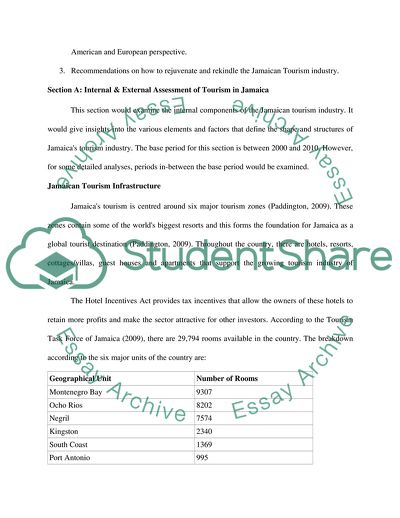Cite this document
(Country Assessment: Jamaica A Mature Destination Essay, n.d.)
Country Assessment: Jamaica A Mature Destination Essay. Retrieved from https://studentshare.org/tourism/1789339-country-assessment-jamaica-a-mature-destination
Country Assessment: Jamaica A Mature Destination Essay. Retrieved from https://studentshare.org/tourism/1789339-country-assessment-jamaica-a-mature-destination
(Country Assessment: Jamaica A Mature Destination Essay)
Country Assessment: Jamaica A Mature Destination Essay. https://studentshare.org/tourism/1789339-country-assessment-jamaica-a-mature-destination.
Country Assessment: Jamaica A Mature Destination Essay. https://studentshare.org/tourism/1789339-country-assessment-jamaica-a-mature-destination.
“Country Assessment: Jamaica A Mature Destination Essay”. https://studentshare.org/tourism/1789339-country-assessment-jamaica-a-mature-destination.


